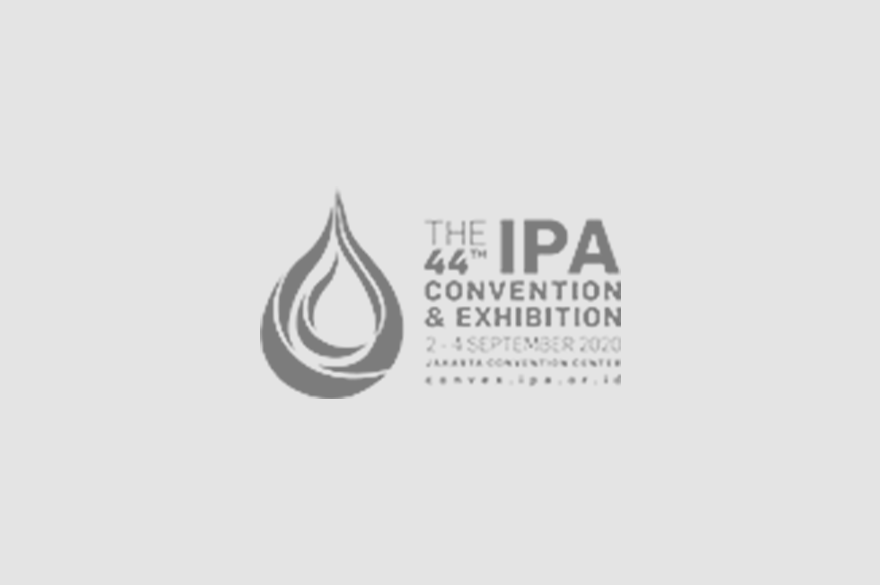45th Convex IPA Opening: Upstream Oil and Gas Contribution to Help Economic Recovery After Pandemic
/

Jakarta – The contribution of the national upstream oil and gas industry is still considered important in the government’s efforts to stimulate the post-COVID-19 economy. The oil and gas industry will continue to dominate energy sources in Indonesia today and in the future.
“Oil and gas are the still the dominant energy sources in Indonesia, apart from coal and renewable energy. This industry is also a driver of the national economy. The existence of the oil and gas industry has encouraged the emergence of other economic activities in every work area,” said the Minister of Energy and Mineral Resources, Arifin Tasrif, at the opening of 2021 45th IPA Exhibition and Convention titled “Realizing Indonesia’s Energy Vision Post Pandemic”, held virtually, Wednesday. September 1, 2021. The virtual 45th IPA Convention and Exhibition will last for three days from September 1 to September 3, 2021. This event is organized by the Indonesian Petroleum Association (IPA) in collaboration with Dyandra Promosindo as co-organizer and issupported by the Ministry of Energy and Mineral Resources of the Republic of Indonesia and SKK Migas.
Arifin added that as one of the critical sectors the oil and gas industry must continue to carry out activities to find and produce oil and gas, considering Indonesia’s energy needs are very large. “The government remains optimistic regarding the increase in oil and gas production through more massive and aggressive exploration and production activities, with a target of oil production of 1 million BOPD and gas of 12 BSCFD by 2030. To achieve this target, all upstream industry players are expected to carry out extraordinary strategies,” he said.
In addition to encouraging an increase in oil and gas production, he continued, the government is also focusing on reducing carbon emissions. For this reason, the government is finalizing the preparation of the National Energy Strategy which contains dual important agendas, namely increasing oil and gas production and reducing carbon emissions.
“Hopefully, with the implementation of the 45th IPA series of agendas, all stakeholders in Indonesia’s upstream oil and gas sector can reaffirm their intentions, efforts and joint hard work to make Indonesia the right place to invest, benefiting all parties involved,” he added.
On the same occasion, the President of IPA, Gary Selbie, said that the 1.5 years of the COVID-19 pandemic have become a historic momentum of transformation for all industries, including the upstream oil and gas. Upstream oil and gas industry players in Indonesia must be able to face various existing challenges, especially in maintaining investment attractiveness.
“A strong upstream oil and gas industry will have a positive impact on the national economy because it has a multiplier effect, both to the supporting sector and users,” said Gary.
IPA appreciates the Government’s efforts in supporting the sustainability of the upstream oil and gas industry. IPA is also grateful for the current level of attention and cooperation to realize resilient national energy security. “IPA believes that Indonesia still has a strong attraction in terms of prospects or oil and gas reserves. There are still many basins or exploration targets in Indonesia that have not been developed,” he added.
Responding to the government’s efforts to reduce carbon emissions
, Gary continued, he is aware of the need for a balance between achieving oil and gas production targets and reducing carbon emissions. This can provide clarity for global oil and gas potential investors to Indonesia. “Natural gas is one solution to provide clean energy in the future. Moreover, the absorption of natural gas in the country is still relatively low and has the potential to be developed,” he said.
For this reason, the policy of reducing natural gas prices for industry, accompanied by the development of adequate natural gas infrastructure, can be used as a momentum to increase natural gas absorption.
Regarding the 2021 IPA Convex, Gary hopes that this largest upstream oil and gas event in Indonesia can be the opportune place for all stakeholders to collaborate in increasing the attractiveness of the Indonesian investment climate, especially in the eyes of global investors.
In particular, from the exhibition side, the 2021 IPA Convex presents a virtual exhibition attended by dozens of exhibitor companies, consisting of national and international KKKS, supporting service companies, government agencies, etc. The 2021 IPA Convex is fully supported by sponsors consisting of national and international oil and gas companies such as Pertamina, BP Indonesia, Schlumberger, MedcoEnergi, Mubadala Petroleum, Chevron Pacific Indonesia, ExxonMobil Indonesia, INPEX Masela, Petronas, Premier Oil, Repsol, and others.
In addition, the 2021 IPA Convex is also enlivened with the participation of associations, such as the American Association of Petroleum Geologists (AAPG) Indonesia, the Association of Indonesian Petroleum Engineers (IATMI), the Association of Indonesian Oil and Gas Production Facilities Experts (IAFMI), the Association of Indonesian Geologists (IAGI), the Society of Exploration Geophysicists (SGE), and the Association of Indonesian Precast and Prestressed Companies (AP3I). Also participating in the 2021 IPA Convex, from private and public universities in Indonesia, are the Geophysical Engineering ITS, the Padjajaran University, the Faculty of Technology and Earth and Energy Trisakti University, the Lampung University, the UPN Veteran East Java, the Pancasila University, the Bhayangkara University, the Institute of Technology Sumatra, and the Tanri Abeng University.
The 2021 IPA Convex is open to the public free of charge. By simply registering at https://convex.ipa.or.id, visitors can directly access the programs displayed on the virtual platform, such as plenary sessions, poster, and student presentations, oral presentations, exhibition booths, and business matching with other participating exhibitor companies.
